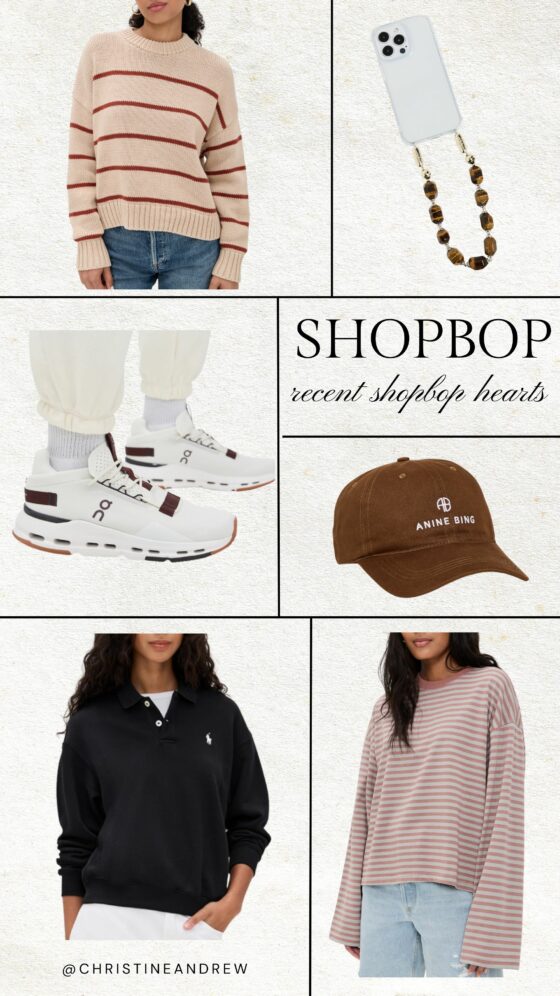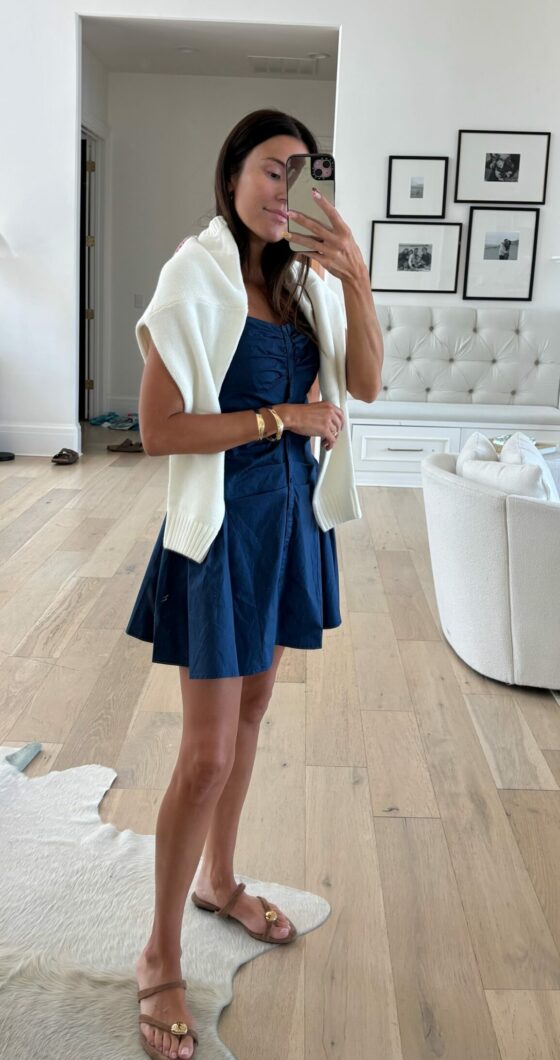Discover why choosing the right financial model is crucial for church planting. This article explores how a missionary support model, focused on long-term sustainability and reaching the unchurched can better align with your church’s mission and growth.
Planting a church is a spiritual endeavor, but it’s also an economic one. The financial model you choose will not only shape the church’s sustainability but also influence its mission and culture.
Many church planters set out with a heart for reaching the lost, but their funding strategy often prioritizes short-term survival over long-term mission. If your model assumes that your church will quickly become self-sustaining through tithes, you may unintentionally focus on reaching already-churched Christians rather than those far from God. Instead, we advocate for a missionary model of fundraising—one that better aligns with the missional nature of church planting.
The Impact of Your Funding Model
Your church’s economic system is more than just a financial tool—it’s a culture-shaping force. The model you choose will guide the trajectory of your church, often in ways you don’t fully anticipate.
For example, at Reliant, we’ve worked with church plants on secular college campuses—places where a traditional tithe-based model simply doesn’t work. Churches that embraced missionary funding have thrived, while those relying solely on tithes have often shifted into more traditional off-campus community churches, sometimes losing their original missional focus.
Missionary Church Planting vs. Traditional Church Models
Traditionally, churches operate on a tithe-based model, where funding primarily comes from members’ regular giving. This works well when your congregation consists of established believers who practice biblical giving. However, for missional churches focused on reaching those far from faith, this model is less viable.
Missionaries understand that the communities they serve will often not be able to fully support them financially for a long time—if ever. If church planters adopt this missionary mindset, they might realistically expect it to take 7 to 10 years (or more) to develop a self-sustaining local tithe. This approach is in line with a vision for long-term discipleship and transformation in communities with few believers.
Evaluating Church Planting Funding Models & Strategies
There are three primary approaches to church planting finances:
- Denominational or Large Church Support
Some church plants receive significant backing from a denomination or large church. While this is helpful, it’s not a multiplication strategy—it’s an addition strategy. Denominations and large churches typically expect plants to become self-sustaining, and this model is unlikely to fuel the exponential growth needed to reach lost communities at scale.
- Bi-Vocational Ministry
Some church planters support themselves through outside employment, reducing their financial needs. While this can be a viable strategic choice, especially when it aligns with the church’s mission, it’s more of a cost-reduction strategy than a sustainable funding model.
Bi-vocational ministry has benefits, like community engagement, but it also presents challenges:
- Time & Energy – Does your job allow you to give your best to your family, church, and ministry?
- Financial Viability – If making a good income part-time were easy, more people would do it.
- Missional Impact – Have you considered whether your community needs a full-time, dedicated pastor? Parish models historically assumed a fully devoted spiritual shepherd.
- The Missionary Support Model
In contrast, the missionary support model—where church planters raise personal support from individuals and churches—is scalable and sustainable. It follows the biblical pattern of missionaries being sent and supported by others. A strong support team consists of:
- 50-100 partners giving $50-$100 per month
- Some larger startup gifts to help with initial costs
- Ongoing committed giving for long-term stability
Unlike a tithe-based model, support-based fundraising can scale with staff needs, not just church attendance. As a missional church grows, its financial needs and tithe base likely won’t grow proportionally, and support-based staffing allows the mission to remain sustainable. This shift to support-based funding aligns with the biblical principles that undergird missionary work, offering a sustainable model for growth and mission expansion.
Biblical Foundations for Support-Based Ministry
The concept of missionary support is deeply biblical:
Now concerning the collection for the saints: as I directed the churches of Galatia, so you also are to do. On the first day of every week, each of you is to put something aside and store it up, as he may prosper, so that there will be no collecting when I come. And when I arrive, I will send those whom you accredit by letter to carry your gift to Jerusalem.
—1 Corinthians 16:1-3 (ESV)
As Michael Frost reminds us: “There is nothing more Christian than sending. God is a missionary God—the Father sent the Son, the Son sends the Spirit, and Jesus sent His disciples.”
The Great Commission (Matthew 28:16-20) begins with disciples, despite doubts and fears, being sent out. The DNA of the Christian life is to send and be sent. Every believer should consider supporting at least one missionary or church planter—not only for financial sustainability but for personal spiritual growth and active engagement in God’s mission.
Conclusion: Aligning Finances with Mission
Your church plant’s funding model is not neutral—it will shape your church’s mission and future. The missionary support model offers a sustainable, scalable, and biblical approach that aligns with the missional call to reach the lost.
Rather than relying on quick local tithes, consider a long-term view of financial sustainability. Support-based funding frees planters to focus on making disciples without the pressure to attract already-churched givers just to survive.
As you embark on this journey, remember: every Christian is called to send and be sent. By embracing a missionary model, you’re not only planting a church—you’re cultivating a movement that can thrive for generations to come.
If you are ready to explore how a missionary model could help your church plant stay on mission, reach out today at partner@reliant.org or learn more at reliant.org.























































